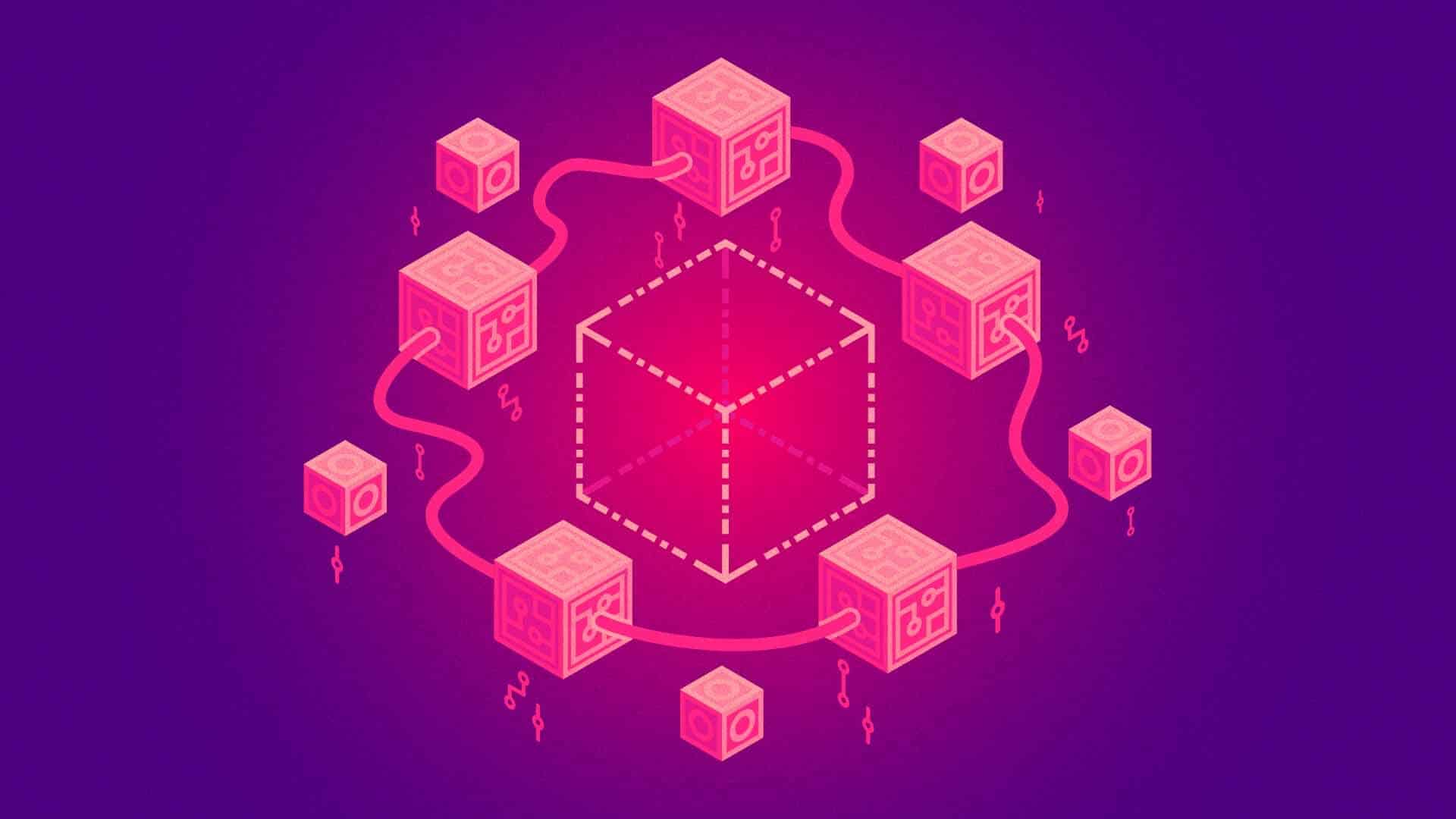Many of us struggle with slow money transfers, high fees, and worry about who controls our personal data. These challenges exist because traditional systems rely on central authorities like banks and big corporations to manage transactions and information.
Blockchain technology offers a solution to these problems by enabling faster transactions, reducing fees, and giving individuals more control over their data. The key element that powers this solution is decentralization.
Decentralization means that control is spread out among many participants instead of being held by a single central authority. This shift allows for a system where no single entity has total control, making processes more transparent and secure.
So, what does decentralization mean in the context of blockchain? In this article, we’ll delve into how decentralization works within blockchain technology and why it’s essential for creating a more efficient and fair digital world.
Understanding Decentralization
Decentralization within blockchain means the even distribution of control across multiple operators through what we call nodes. Nodes are single devices that participate in the blockchain by running its software and storing a copy of the network.
Power is distributed across all these nodes to make sure that no single entity can gain control of the system and tamper with it.
Whenever a decision must be made, every node has to validate and approve it unanimously. This process is known as consensus, and it makes the blockchain more transparent and secure.
As you can see, the process is different from a centralized system with a single authority where only one person makes the whole decision. Single authority systems are prone to manipulation and censorship—things you won’t find in blockchains thanks to decentralization.
How Decentralization Works in Blockchain
I mentioned that decentralization works on a consensus basis through the nodes. But that’s just one of the different ways decentralized technology works. Plus, consensus algorithms go beyond just that simple explanation.
Let’s break down the three top mechanisms blockchains use to achieve decentralization:
- distributed ledger technology (DLT)
- consensus algorithms
- peer-to-peer networks
Distributed ledger technology is powered by nodes, where every participant maintains a copy of the entire transaction history in the network.
Consensus algorithms include protocols like Proof of Work, Proof of Stake, and Proof of Staked Authority. These protocols enable network participants to agree on the state of the blockchain—no need for a central authority.
In peer-to-peer networks, every network participant can transact with each other directly. For instance, you can send Bitcoin directly to someone else without having to go through a middleman. Transactions are faster since no intermediary or central authority manages them on your behalf.
All three mechanisms work together to make blockchains decentralized.
Key Benefits of Decentralization
So, what are the benefits of decentralization in blockchain technology? First, it makes the blockchain super secure and transparent. It also reduces the reliance on third parties and protects against censorship.
Let’s dive deeper:
- Enhanced security: By nature, decentralized networks are more secure due to their distributed nature. This makes it resistant to attacks like 51% or data breaches. Even if one part of the network gets compromised, the rest continues to function normally.
- Increased transparency: Transactions made on the blockchain is public and can be viewed by everyone. This level of transparency makes blockchain trustworthy and accountable. You no longer have to blindly trust a central authority because you can see and audit all the records on the network.
- Greater autonomy: Decentralization reduces reliance on intermediaries, giving individuals more control over their assets and data. Users can interact directly with the network, making transactions and accessing services without the need for third-party approval or intervention. This empowerment is particularly significant in financial services and data management.
- Censorship resistance: The absence of a central authority makes it extremely difficult for any single entity to censor or control the flow of information or transactions on the network. This resistance to censorship ensures that the network remains open and accessible to all, promoting freedom of information and economic activity.
Challenges of Decentralization
Of course, such an innovative idea wouldn’t be truly invincible. Decentralization also has its challenges, and we’ll cover each one, including scalability, governance, and even managing the entire network.
When it comes to scalability, decentralized networks often face a lot of challenges. The most crucial challenge is processing large numbers of transactions quickly and efficiently. This scalability problem can lead to slower transaction times and higher fees during periods of high network activity. The problem also limits the widespread adoption of blockchain technology.
Governing a decentralized network is also a big, complex issue that takes up lots of time compared to centralized systems. The lack of a central authority means that reaching consensus among network participants on important updates or protocol changes can be a lengthy and sometimes contentious process.
The distributed nature of decentralized systems can make them more challenging to manage and maintain compared to centralized alternatives. This complexity often requires users to have a deeper understanding of the technology, which can create a barrier to entry for less tech-savvy individuals and potentially slow down mainstream adoption.
Chiliz Chain has the largest mainstream sports partner network in blockchain, and a massive potential mainstream audience. We see it as our responsibility to provide educational materials that relate to the entire sector, increasing security, understanding and adoption of this incredible technology.











